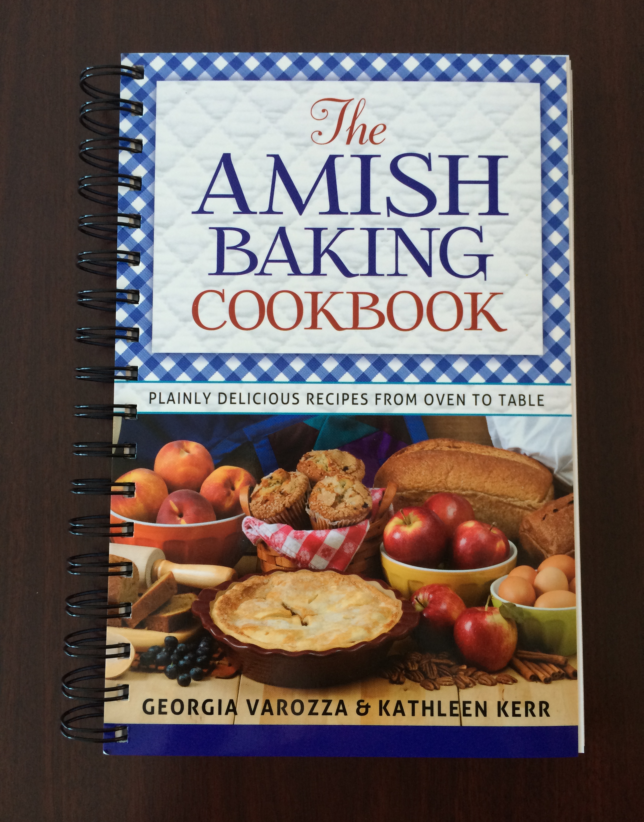This recipe I'm about to share with you is a very old one. It uses basic ingredients, and the end result is so tasty. Another plus is that Stewed Tomatoes and Dumplings is very filling, easy to prepare, and incredibly cheap--especially if you use produce from your own garden. But even if you need to make a trip to the grocery store, it's still an inexpensive dish and worth trying. I hope you like it!
Stewed Tomatoes and Dumplings
Stewed Tomatoes1/4 cup butter
1/2 cup onion, finely chopped
1/4 cup celery, chopped
1 28-ounce can whole tomatoes, coarsely chopped, with juice (or you can use 2 soup-can-sized cans of stewed tomatoes or diced tomatoes, or a 2 pint jars or 1 quart jar of home-canned tomatoes)
2 tsp. brown sugar
1/2 tsp. salt
1/2 tsp. dried basil
1/4 tsp. pepper
Dumplings
1 cup flour
1 1/2 tsp. baking powder
1/2 tsp. salt
1 T. butter
1 egg, beaten
6 T. milk
1 T. fresh parsley, minced (or a big pinch of dried parsley)
For the stewed tomatoes: In a medium saucepan (preferably one that is wide and low so you have more surface area for the dumplings), melt the butter and sauté the onion and celery about 3 minutes. Add the tomatoes and juice, and the brown sugar and seasonings, and bring to a boil. Simmer uncovered for several minutes.
For the dumplings: In a mixing bowl, combine the flour, baking powder, and salt. Cut in the butter using a pastry blender or two knives or forks until the mixture resembles coarse cornmeal. Add the egg, milk, and parsley and blend lightly. Do not overmix. Drop dumplings by tablespoonfuls on top of the simmering tomato mixture. Cover tightly and cook over medium-low heat for 20 minutes. Do not lift the cover during the cooking period.
You've probably noticed that my dumplings are way bigger than "tablespoonfuls" as the directions state. I always make large dumplings (I like them better that way!) but I take care to cook them for about 25 minutes instead of the 20 minutes called for so the dumplings are cooked through. You can do it either way--cook's choice!
Serve in bowls, topped with butter if desired.
This is a great winter side dish. It's warming and filling and hits the spot when the winter winds blow!
May you and your loved ones be well fed, kept warm and safe, and mindful of your blessings!
Georgia















































